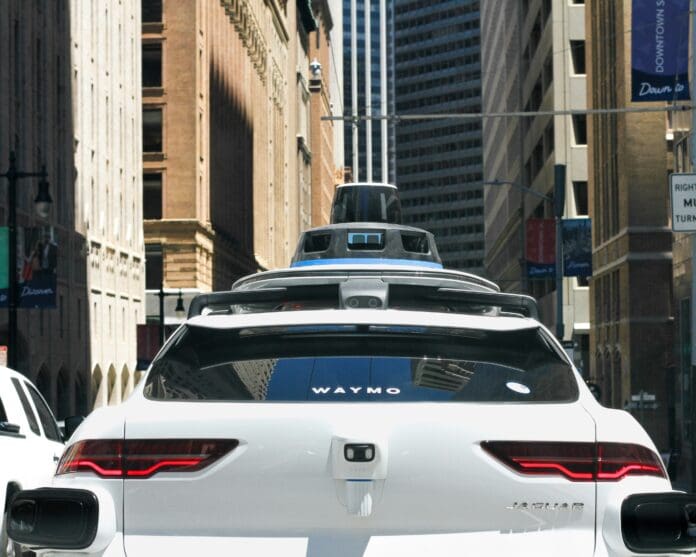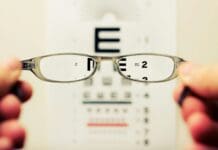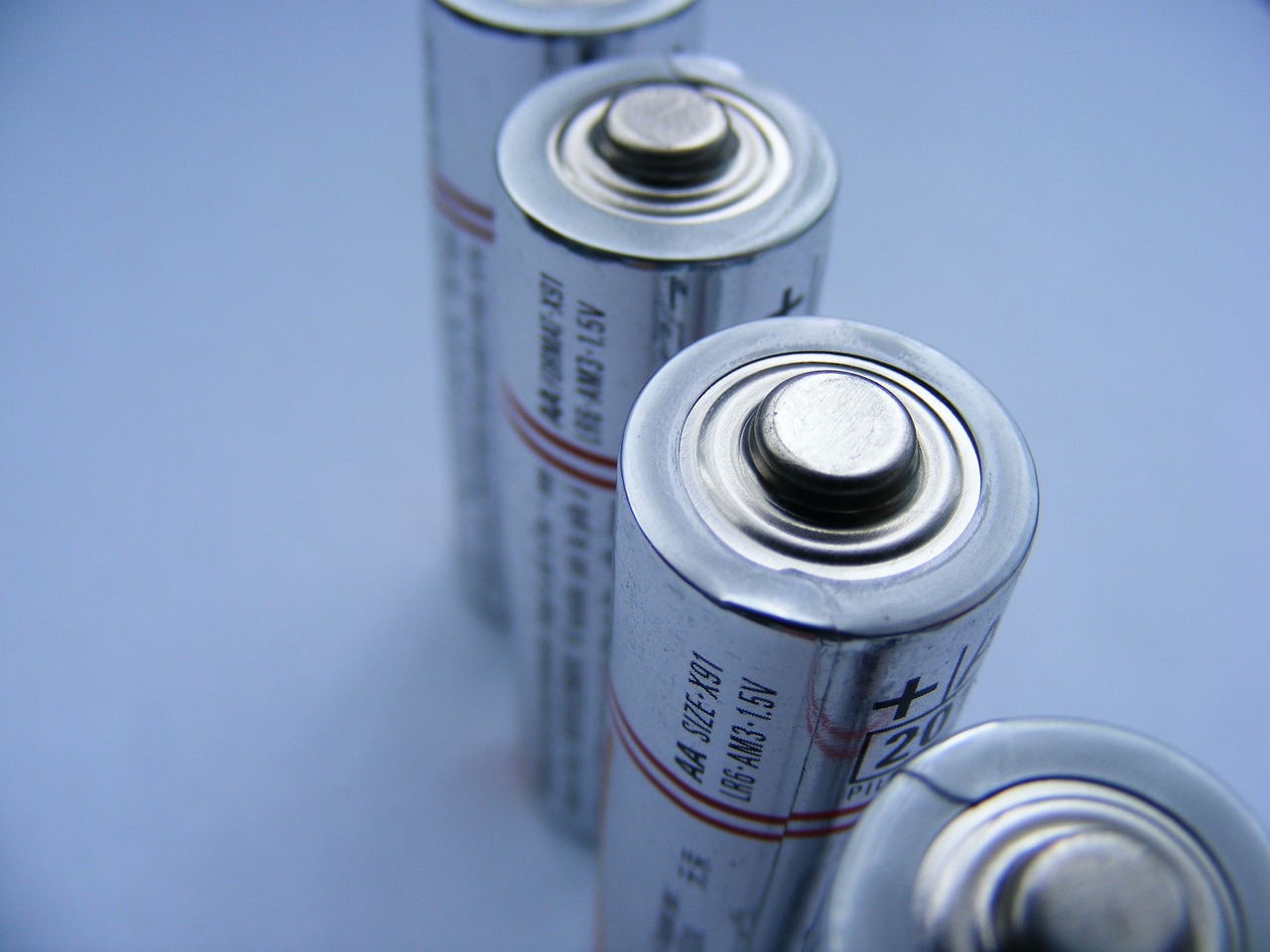This post is also available in:
 עברית (Hebrew)
עברית (Hebrew)
Waymo, the self-driving service owned by Alphabet (previously Google Self-Driving Car Project), has taken a significant step in proving the safety of its autonomous vehicles. After accumulating over 40 million fully autonomous kilometers, the company partnered with Swiss Re, a leading global insurance company, to analyze the safety of its robotaxis. The results highlight a dramatic reduction in accidents compared to human-driven cars, making Waymo’s fleet one of the safest on the road.
According to the study, Waymo’s autonomous driving system (ADS) reduced property damage claims by 88% and bodily injury claims by 92% compared to traditional human-driven vehicles. The study, which included over 500,000 claims and more than 322 billion kilometers of exposure, found that Waymo’s system was involved in just nine property damage claims and two bodily injury claims. Notably, two of the property damage claims and both bodily injury claims are still unresolved.
For context, the data suggests that for the same distance traveled, human drivers would typically be involved in 78 property damage claims and 26 bodily injury claims, according to Waymo’s press release. When compared to modern vehicles equipped with advanced driver-assistance systems (ADAS)—such as automatic emergency braking and lane-keeping assistance—Waymo’s system performed exceptionally well, reducing property damage claims by 86% and bodily injury claims by 90%.
Swiss Re’s Ali Shahkarami noted that the study demonstrates how insurance data can provide valuable insights into the safety of autonomous vehicles and support the broader adoption of this technology. With these promising results, Waymo is positioning itself as a leader in the push for safer, autonomous transportation, underscoring the potential of its robotaxi fleet to revolutionize road safety.
The company believes that this data not only showcases the reduced risks associated with autonomous driving but also serves as evidence that the company is largely not at fault in the majority of incidents involving its vehicles. This marks a major milestone in the race toward safer roads powered by self-driving technology.


























